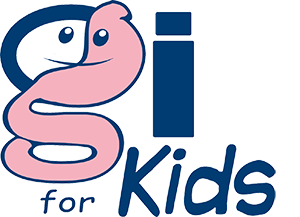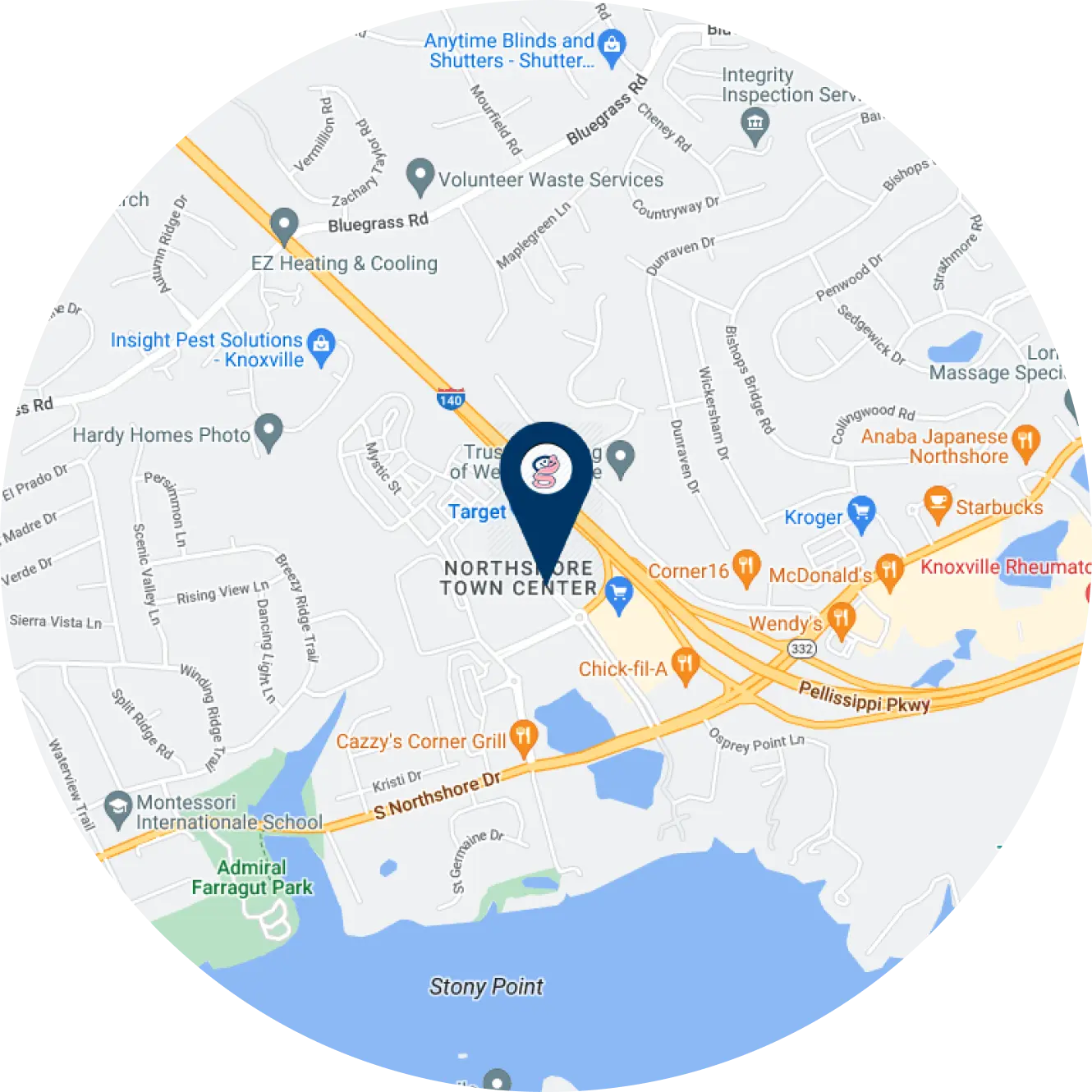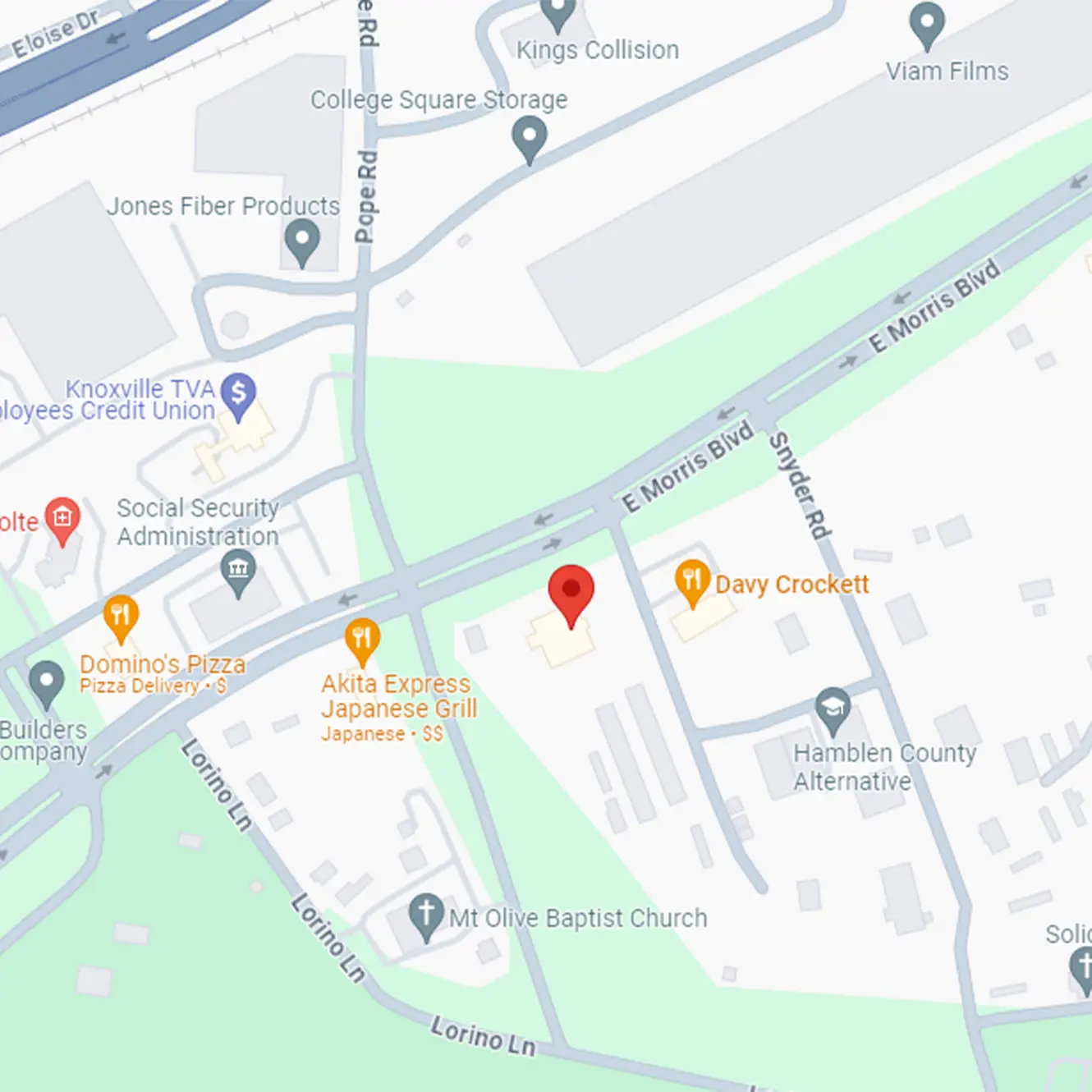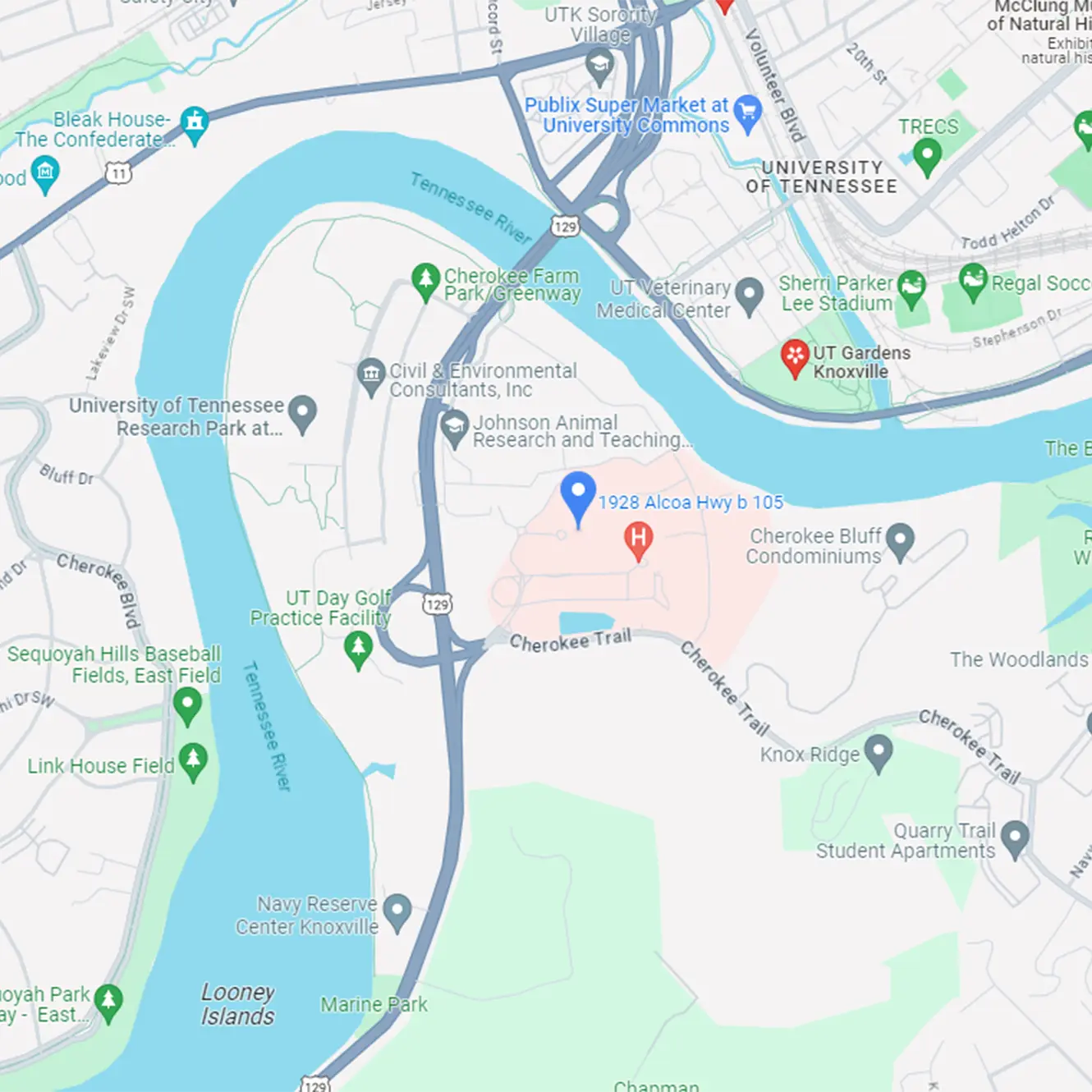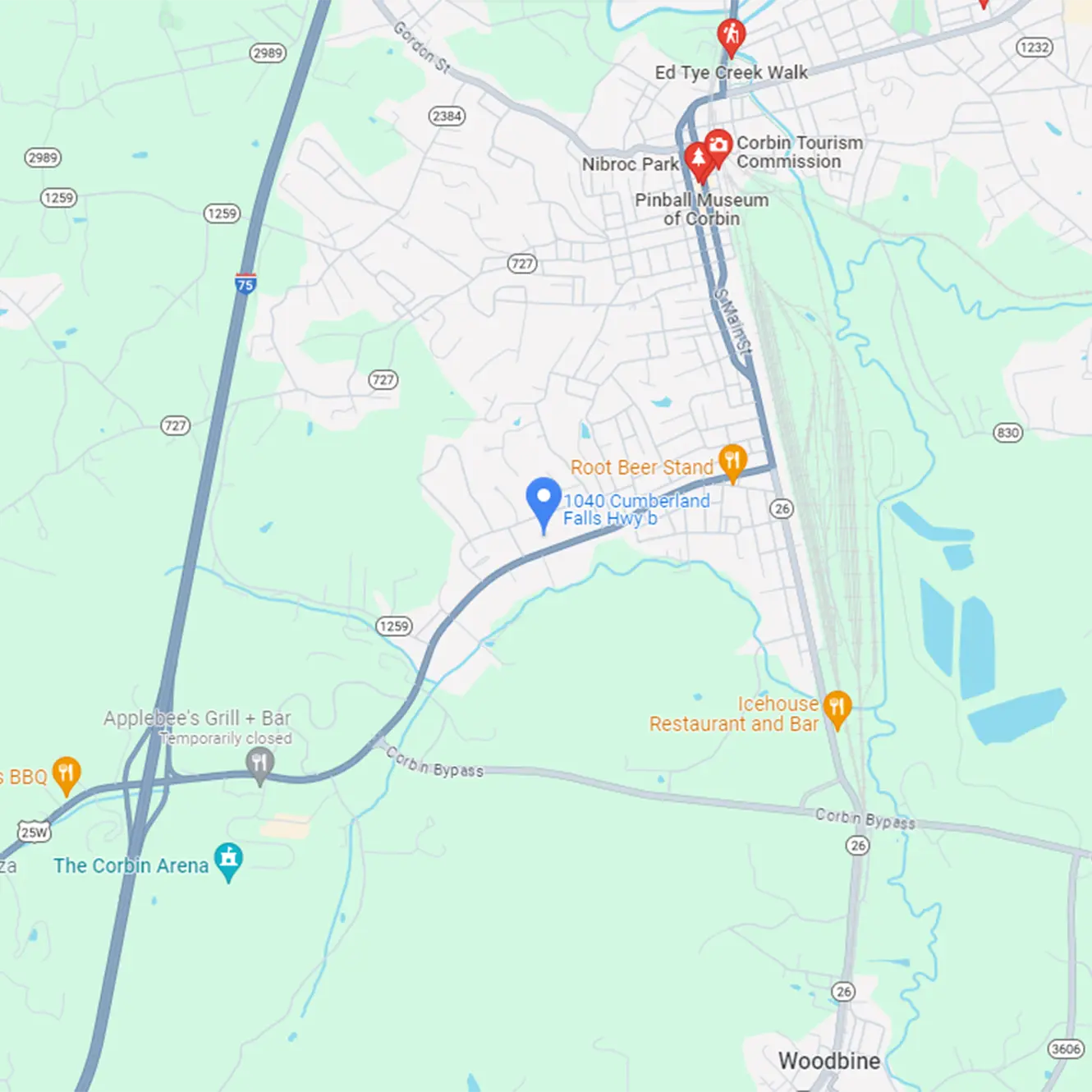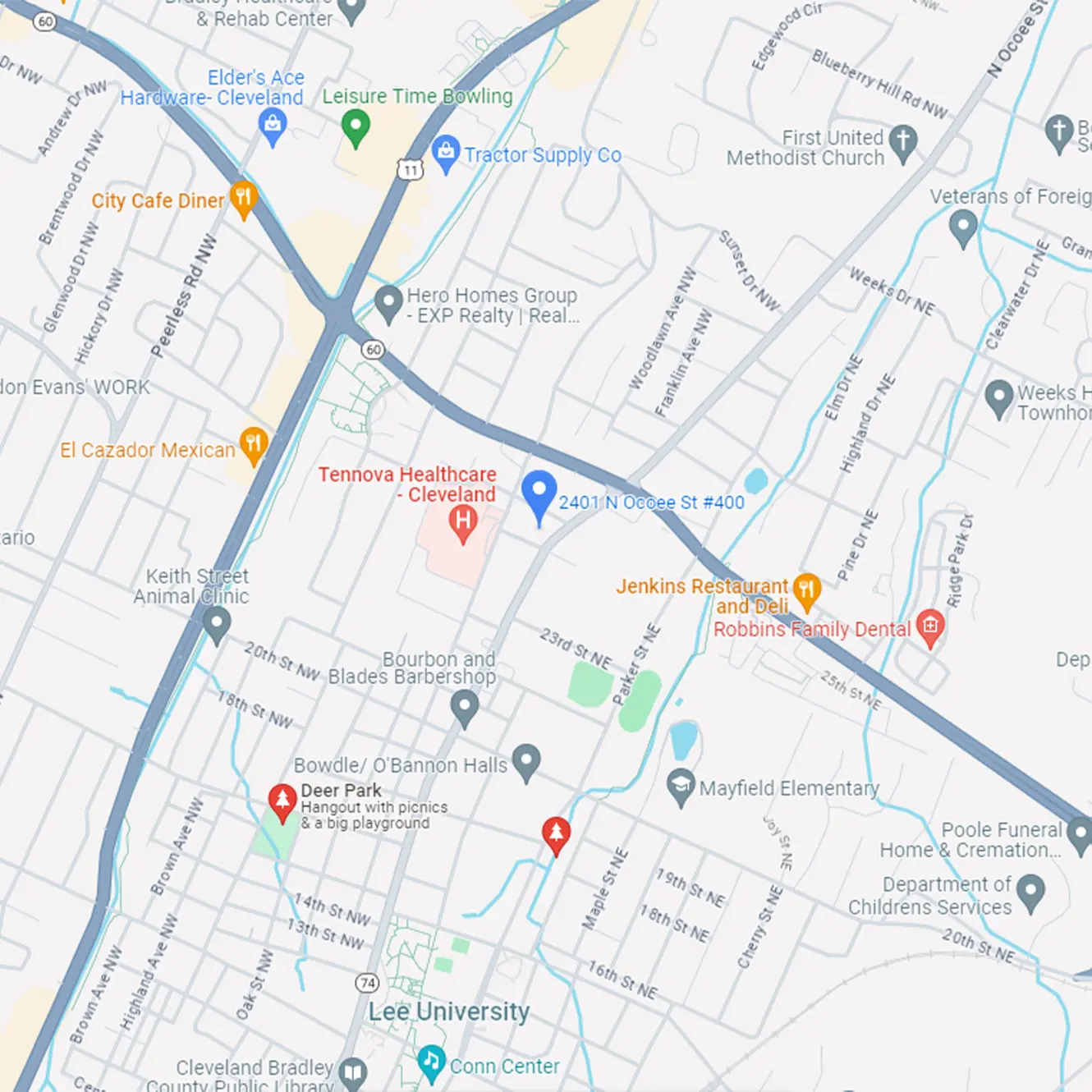A gastrostomy-jejunostomy tube (GJ Tube) is placed to administer food and/or medication to either your/your child’s stomach or small intestine. The G (gastric) port of this tube administers into the stomach and the J (jejunum) port into the small intestine.
The balloon port is used to inflate and deflate the balloon. The balloon is located under the skin and holds the tube in place. The tube could come out if the balloon is not inflated. This is usually caused by a small leak in the balloon which is why it is important to check the water every week.On the outside of the body, you will see three ports at the end of the tube:
- Gastric (G)
- Jejunal (J)
- Balloon (BAL)
Your provider will instruct you on which port to use to administer your/your child’s feedings and medications. The photo on the top is an example of a Mic-Key GJ tube and the one on the bottom is an example of an AMT GJ tube.
- Wash hands and gather supplies.
- Pump
- Feeding bag and tubing
- Syringe for flushing
- Formula
- Fill feeding bag with appropriate amount of formula.
- Formula can only be left at room temperature for certain periods of time.
- Up to 4 hours
- Powered Formulas
- Formulas with anything added (water, Duocal, ect…)
- Up to 8-12 hours
- Premixed formulas
- Refer to the manufacturer.
- Premixed formulas
- Connect tubing to the port that you have been instructed to use and turn to the lock position.
- Assure that all clamps are in the open position.
- Start Pump.
- .Observe for any leakage from the bag, the tubing, or at the stoma
- Up to 4 hours
- When feeding has finished
- Flush with the amount of water instructed by your provider.
- Replace cover on the end of the GJ tube.
- Clean Supplies
- Formula can only be left at room temperature for certain periods of time.
- Wash hands and gather supplies.
- Tubing with straight adapter
- 60 ml Syringe for venting, 10 ml for flushing
- Attach tubing to G (gastric) port and attach syringe without plunger.
- Unclamp the tube and lower syringe (open side up) below stomach for 5-10 minutes or until stomach contents stop flowing into syringe or syringe is full.
- Raise syringe above abdomen and allow stomach contents to flow back into patient.
- After venting, remove syringe flush with water, remove tubing, and replace cover.
- Clean supplies
Your provider will give you instructions on which port to administer your/your child’s medications through.
*Do not mix medications unless instructed otherwise*
- Wash hands and gather your supplies.
- Flush with the amount of water instructed by your provider.
- Draw medication into syringe(s).
- Double check the dose on the label of your/your child’s medication bottle.
- Call the pharmacist or provider if you have any questions or concerns on the dosage.
- Administer medication into port specified by your provider.
- Flush with the amount of water instructed by your provider.
- Repeat for multiple medications.
- Put medication away in a safe place that children cannot access and clean your supplies.
Your provider will give you instructions on which port to administer your/your child’s medications through.
Routine Care and Instructions:
- Wash hands thoroughly and remove any dressings or covers being careful not to disturb the tube.
- Cleanse the skin around the tube daily with soap and water and pat dry unless otherwise directed.
- Apply ointment/cream/table salt for granulation tissue if instructed by your provider.
- DO NOT ROTATE THE TUBE.
- Check the tube site every day for signs of redness (larger than a half dollar), soreness, swelling or unusual drainage.
- Report any concerns to your provider.
Helpful Tips:
- Secure tube to clothing, keep tube under a shirt/onesie, and/or cover tube with a flexible bandage such as an ACE wrap or tube belt to prevent child pulling on tube.
- Use a split gauze pad or washable tube cover to keep the area around the tube clean and dry.
Routine Care and Instructions:
- Every week, check the balloon to ensure that it has the recommended amount of water and that the water is clear water, not cloudy or discolored.
- If there is not enough water, refill to recommended amount.
- o If discolored, discard water, reinflate balloon with new water, and notify your provider.
- Flush tube with water before and/or after feedings and medications as instructed by your provider.
- GJ tubes should routinely be replaced every 3 months on average to prevent failure of the balloon.
- These changes may be done in the office, if appropriate, or in the hospital.
- Please contact your providers office to schedule these changes.
If the tube becomes clogged:
- Check for a kink or bend in the formula tubing. If found, unkink and/or straighten out tube.
- Use a pulsating push-and-pull motion with warm water or Sprite to try to unblock the tube.
- If it remains clogged, please call our office for further instructions.
If the GJ-tube becomes dislodged: Contact our office as soon as possible to schedule a replacement.
*If you are unable to insert a tube or catheter, please proceed to your local Emergency Department. *
- Wash hands thoroughly and put on gloves.
- Apply surgical lube to the tip of the G-tube, Foley catheter, or GJ tube.
- If you are using a catheter or the dislodged GJ tube
- Insert GJ tube or catheter approximately 2-3 inches into the stoma and secure with tape and/or abdominal binder.
- If you are using a G-tube
- Insert G-tube into stoma and inflate the balloon with the recommended amount of water.
- Refer to chart below for recommended amount of water to use.
- If you are using a catheter or the dislodged GJ tube
| Tube Manufacturer | French Size | Length in cm | Recommended fill amount |
| Mic-Key (Avanos) | 15, 22, 30 | 5 ml | |
| Mic-Key (Avanos) | 45 | 7-10 ml | |
| AMT | 14, 16 | 3-5 ml | |
| AMT | 18 | 7-9 ml |

